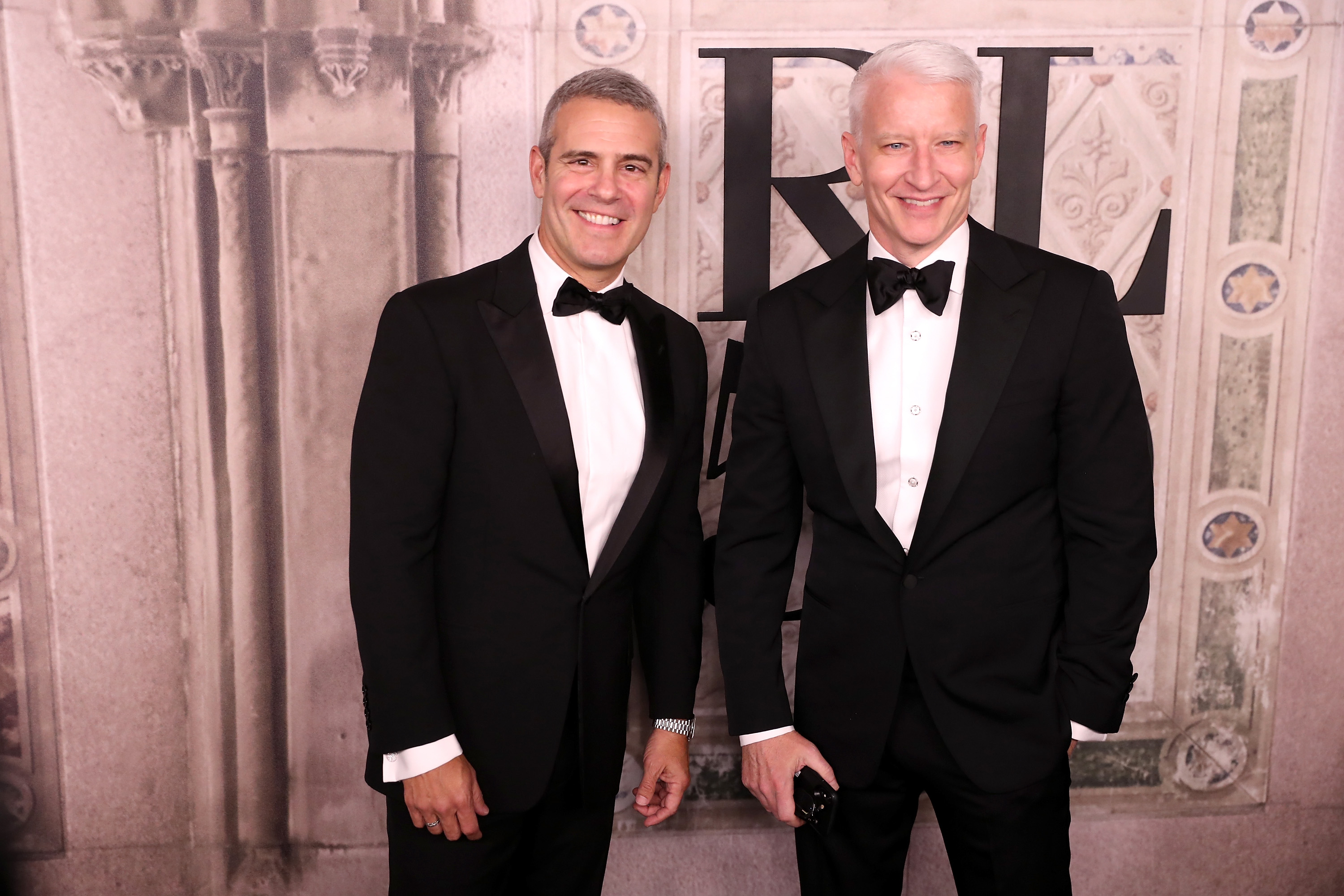New Findings Illuminate the Enigma of "Unseeing" – Unveiling Visual Masking Phenomenon

New research has provided insights into the process of visual masking, which happens when rapid changes in imagery lead to subconscious processing of images. This phenomenon, common to both humans and mice, allows for the increased understanding of how the cortex manages our conscious perception, thereby leading to a deeper comprehension of the brain's visual processing.
A recent study in Nature Neuroscience taking considerable steps forward in understanding visual masking, clarifies how we "unsee" certain things. The nature of this study suggests that this process occurs in both the human and the mice brain, shining new light on how conscious perception works.
Visual masking is a process where one image is unconsciously overlooked because another image is exhibited swiftly afterward. The initial image must emerge and vanish promptly, with the second image appearing roughly 50 milliseconds later, for effective masking.
Shawn Olsen, Ph.D., a researcher at the Allen Institute, along with his team explored the science behind this optical illusion. For the first time, it has been demonstrated that this phenomenon occurs in mice as well. Moreover, the team was able to identify a particular brain region essential for this visual masking to occur.
Olsen mentioned that this discovery is noteworthy as it indicates that our perception may not always accurately reflect our surrounding reality. Like other visual illusions, it provides us insights into how the visual system functions and the neural circuits responsible for visual awareness.
This intriguing phenomenon was first noted in the 19th century, but how and why the human brain carries out visual masking is still unknown.
Researchers including Christof Koch, Ph.D., a renowned investigator at the Allen Institute, Sam Gale, Ph.D., a scientist at the Allen Institute, and Olsen who led the study, proposed that certain brain areas are responsible for our awareness of our surroundings.
Photons hit our retinas and then the information is transported to our brain via a fixed pathway concluding in the cortex. Earlier research suggests that neurons in the retina and early path regions get triggered even if the person is not aware of what they are seeing, essentially meaning the brain perceives without human knowledge.
The researchers trained 16 mice to react to a quickly flashed image by turning a small LEGO wheel toward it, rewarding them with a treat if correct. A masking image was then added and the mice could no longer perform the task correctly, indicating they are no longer conscious of the target image.
Since visual masking was never before tested in mice, the researchers had to design a new task, using different images than those used in prior human studies. They tested the same task on 16 people using a keystroke rather than a LEGO wheel. The study found similar patterns of perception in humans and mice.
This finding suggests that conscious perception occurs either in the visual cortex or in higher cortex areas further along the line. These findings align with the widely accepted assertion that the cortex is the center of conscious perception in mammals, including humans, according to Koch.




